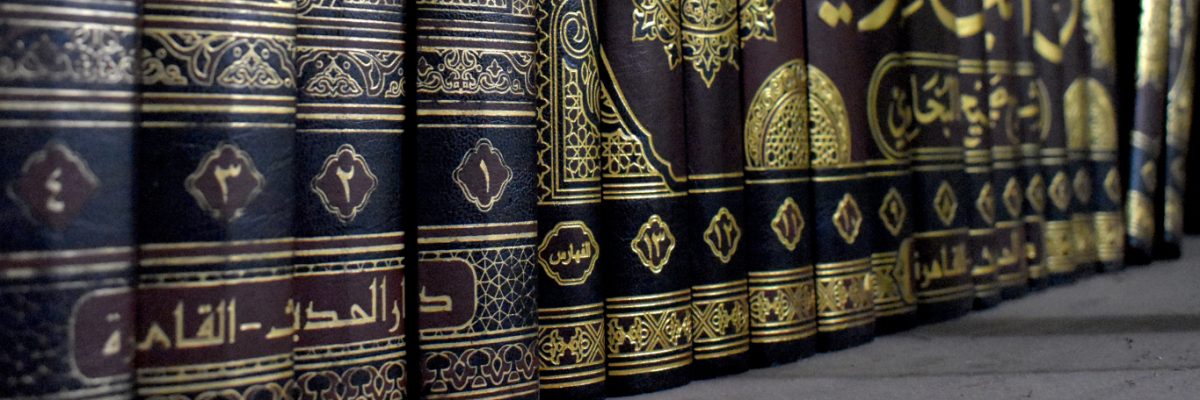Fatwa ID: 06793
Answered by: Alimah Jannatun Nessa
Question:
How does one purify something that holds liquid (bowl, jug, etc) that is now impure (water inside contaminated or the bowl itself): (a) wash normally like it’s a dirty pure one (swirl) with no regard for transference and can use wiping or (b) fill it up and dump it out 3 times (do you have to let it drip until it stops dripping every time in between?) or make it overflow for 3x the estimated time it would take to fill the container?
Does it matter whether it is a visible or invisible impurity, do you use the same method?
In the name of Allah, the Most Gracious, the Most Merciful
Answer:
Items that have visible impurity on them are considered clean once the impurity itself or its effects have been eliminated, even if it requires only one wash.
If the effects of an impurity, such as colour, persist even after washing it, it will be deemed pure after three washings or when running water flows over the unclean area and turns out clear.
Whereas if the impurity is not visible the items will be considered clean when the person washing the clothes is confident that the impurity is gone. This can be accomplished by washing and squeezing the clothing three to seven times.
It is fine to wash the items with a swirl if that makes you certain that the impurities are washed. The recommendation of washing three times is for those who have doubts that the impurity is still present.
Only Allah (عز و جل) knows best.
Written by Alimah Jannatun Nessa
Checked and approved by Mufti Mohammed Tosir Miah
Darul Ifta Birmingham
[Radd ul Mukhtar, volume 1, page 535-539, Daar al kutub al ilmiyyah]
وكذا يظهر محل نجاسة أما عينها فلا تقبل الطهارة (مرئية) بعد جفاف كدم بقلعها أي بزوال عينها وأثرها ولو بمرة او بما فوق ثلاث في الأصح ولم يقل بغسلها ليعم نحو دلك وفرك.
(بعد جفاف) ظرف لمرئية لا ليطهر ح، وقيد به لأن جميع النجاسات ترى قبله، وتقدم أن ما له جرم هو ما يرى بعد الجفاف فهو مساو للمرئية، وقد عد منه في الهداية الدم، وعده قاضيخان مما لا جرم له، وقدمنا عن الحلية التوفيق بحمل الاولى على ما إذا كان غليظا والثاني على ما إذا كان رقيقا. وقال في غاية البيان: المرئية ما يكون مرئيا بعد الجفاف كالعذرة والدم وغير المرئية ما لا يكون مرئيا بعد الجفاف كالبول ونحوه وفي تتمة الفتاوى وغيرها: المرئية ما لها جرم وغيرها ما لا جرم لها كان لها لون أم لا. وبه يظهر أن مراد غاية البيان بالمرئي ما يكون ذاته مشاهدة بحس البصر وبغيره ما لا يكون كذلك فلا يخالف كلام غيره، ويرشد اليه ان بعض الأبوال قد يرى له لون بعد الجفاف. افاد في الحلية ويوافقه التوفيق المار لكن فيه نظر لأنه يلزم عليه أن الدم الرقيق والبول الذي يرى لونه من النجاسة الغير المرئية وأنه يكتفي فيها بالغسل ثلاثا بلا اشتراط زوال الأثر مع أن المفهوم من كلامهم أن غير المرئية ما لا يرى له أثر اصلا لإكتفائهم فيها بمجرد الغسل بخلاف المرئية المشروط فيها زوال الأثر فالمناسب ما في غاية البيان وأن مراده بالبول ما لا لون له وإلا كان من المرئية.
(ولا يضر بقاء أثر) كلون وريح لازم فلا يكلف في إزالته الى ماء حار او صابون ونحوه بل يطهر ما صبغ او خضب بنجس بغسله ثلاثا والأولى غسله إلى أن يصفو الماء، ولا يضر اثر دهن الا دهن ودك ميتة لأنه عين النجاسة حتى لا يدبغ به جلد بل يستصبح به في غير مسجد.
ويطهر محل غيرها أي غير مرئية بغلبة الظن غاسل لو مكلفا والا فمستعمل طهارة بلا عدد، به يفتى.

